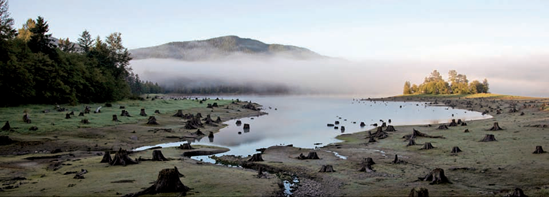Chapter IV. Light: The Main Subject in Every Photograph

At first, what I am about to say will probably sound boring, but don't jump ahead. Technically, it's interesting and very important to know. So here goes: Every photograph in this book has the same main subject. That subject is light. No light...no photograph.
In this chapter we'll explore light—that is, how to see the light, control light during the picture-taking process, and play with the light in Photoshop Elements. When you understand these three steps, you'll make better pictures and avoid some of the common mistakes of novice photographers.
So before moving on, consider this: Famed filmmaker Orson Welles said, "You have to see a movie three times to see everything that is there."
With that, be forewarned that you may see the same lighting tip more than once in this book. It means that I really want you to "get it."

What Our Eyes See vs. What Our Cameras See
Our eyes have a dynamic range (difference in brightness levels) of about 11 f-stops. Compact cameras can only "see" a dynamic range of about five f-stops. Knowing that, you will not be disappointed when a picture of a high-contrast scene—one with dark shadows and bright highlights—does not look the same way on your camera's LCD monitor as it does to your eyes.
Here are examples ...
Get Confessions of a Compact Camera Shooter: Get Professional Quality Photos with Your Compact Camera now with the O’Reilly learning platform.
O’Reilly members experience books, live events, courses curated by job role, and more from O’Reilly and nearly 200 top publishers.

